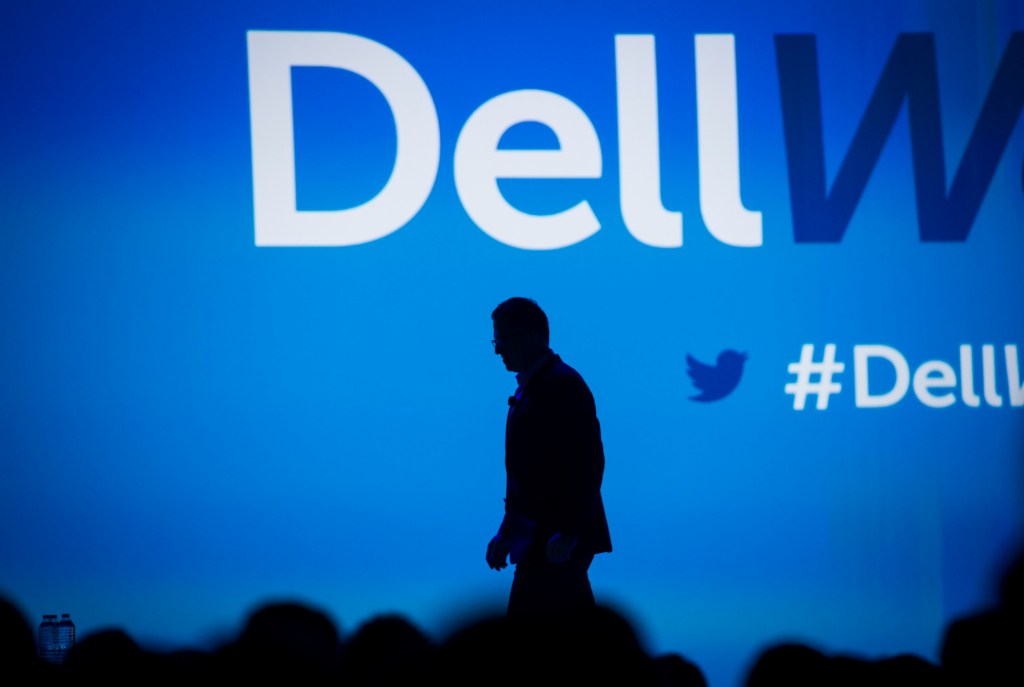By Kieran Mital, Sr. Brand Strategist at Tavant
In 2009, Cryptocurrencies shook up the way society perceives our traditional financial system, and now it’s DeFi’s turn. While DeFi is still making a name for itself amongst members of the general public, it is becoming one of the worst-kept secrets within finance and tech-related communities.
DeFi, or decentralized finance, runs on the Ethereum blockchain, making it easier for people to adapt to the new DeFi ecosystem. In 2015, MakerDAO was the first DeFi project created on top of the Ethereum code. DeFi is built on Ethereum for several reasons. For one, having all DeFi products speak Etherium allows those programs to interact and exchange information with each other most effectively and efficiently. However, the most important reason is much more abstract – Ethereum allows complete financial freedom for its users. Since no one owns Ethereum or smart contracts, everyone has an opportunity to use DeFi, and no one can change the rules.
Thriving on the back of Ethereum, DeFi is likely to experience financial dominance in this new open-source tech-driven ecosystem. Cryptography, smart contracts, and blockchain tech are all aspects of Crypto that allow DeFi to exist for global, pseudonymous, and rapid community use. DeFi offers similar functions and products to traditional financial services but can offer far more in an open-source ecosystem, including, but not limited to – sending and streaming money, accessing stable currencies, borrowing funds with and without collateral, starting crypto savings, trading tokens, growing and managing your portfolios, funding your ideas, and buying insurance.
The future is very exciting for decentralized finance, especially considering how borrowing and lending will impact this new ecosystem. Borrowing money from decentralized providers can either be done peer-to-peer or through a different process wherein lenders provide liquidity to a pool from which borrowers can take. One loan type that is steadily gaining DeFi traction is flash loans. Though they are not universally accessible to everyone just yet, flash loans are a great example of what may be possible in the near future. They could significantly improve the TradFi system since traditional financial institutions don’t offer them, as well as increase price stability across cryptocurrency exchanges to strengthen the crypto economy.
Beyond borrowing and lending, many domains within DeFi hold immense possibilities. One of these exciting possibilities is quadratic funding, which makes sure that projects that stand to improve the lives of the most people will receive the most funding. Another application of DeFi that catches users’ attention is Compound (COMP), an autonomous algorithmic protocol that allows users to supply various crypto assets and start generating interest. COMP is similar to borrowing money against appreciated security, whereby anyone can lock assets and begin earning while continuously compounding interest on their position. Then there is Aave (AAVE), where lenders can earn a yield on their assets supplied to the protocol and adjust depending on that market’s supply and demand, making it ideal for institutional and retail investors. Aave users can deposit funds into a liquidity pool that borrowers may draw from when taking out a loan. Decentralized Exchanges (DEX) are a vital component of decentralized finance where crypto traders make transactions directly without an intermediary. The success and accessibility of the Ethereum blockchain have propelled Aave to one of the most popular decentralized lending systems available in-market.
Although DeFi presents many possibilities for the future of finance, people still have their concerns. Fluctuating transaction rates that make active trading more expensive is a primary concern as it has already proven to be an issue on the Ethereum blockchain. Similarly, high volatility can occur depending on which decentralized apps an individual uses. Also, depending on the region, individuals must maintain their records for tax purposes, which is a problem for governments worldwide who are trying to decide how they want to handle the income individuals make from this new DeFi space. Most recently, fraud and security have come into question as $750 million were lost to crypto scams in 2021, as reported by the Washington Post. However, data from Dune Analytics shows that the number of DeFi users has increased throughout 2022 and is currently at roughly 4.5 million unique wallet addresses. Furthermore, India’s Finance Minister proposed a 30% tax on income earned from digital assets, reflecting the impact of DeFi on a global scale.
While the future of DeFi is uncertain, it has continued to expand and attract value despite various issues, new protocols, and blockchain networks. The goal of DeFi is to create an open financial market that is trustless and permissionless and that improves traditional finance. With all the help from Crypto and Ethereum, DeFi is here to stay. Are you prepared?


































